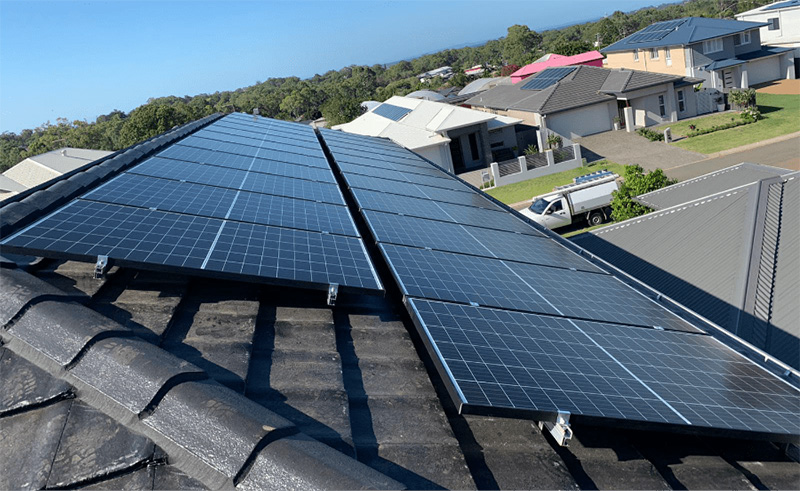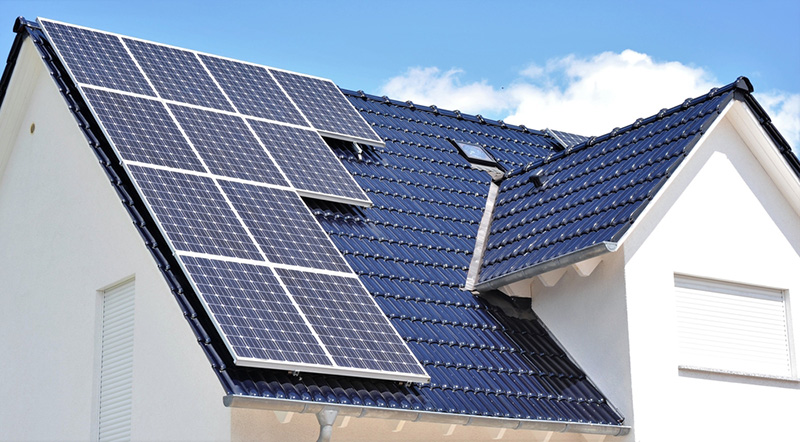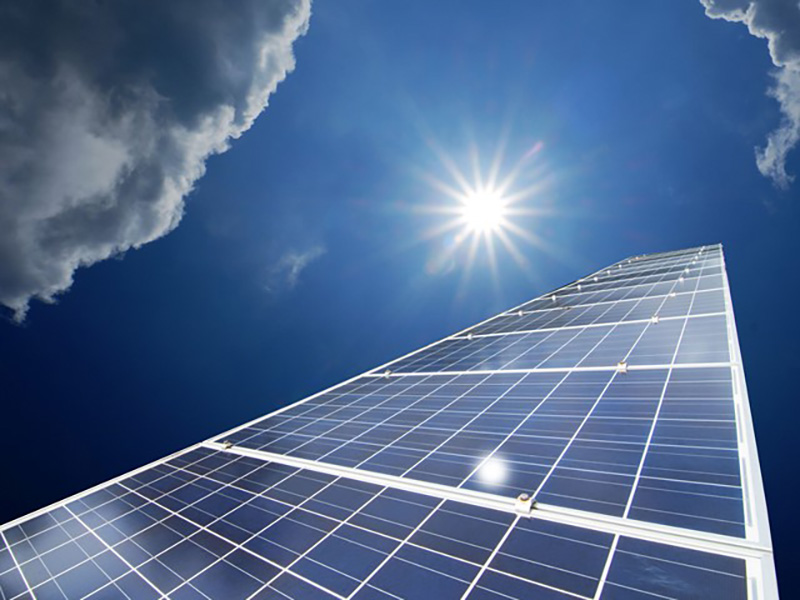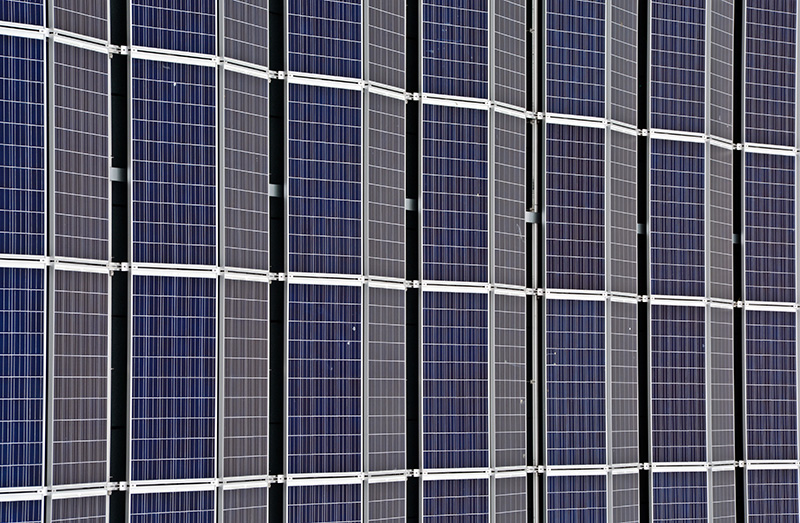Description
The cost of silicon solar cells varies based on efficiency, region, and scale of manufacturing. On average, the price ranges from $0.20 to $0.25 per watt for the cells alone. System-level costs, including additional components and installation, can be higher.

Historical Cost Analysis
The cost of silicon solar cells has witnessed a significant change over the years. As technological advancements took place and economies of scale in production were achieved, prices saw a notable decline. This section aims to provide an in-depth exploration of the evolution of silicon solar cell pricing and the driving factors behind these changes.
Evolution of Silicon Solar Cell Pricing
In the early days of silicon solar cells, around the 1970s, prices were as high as $76 per watt. By the late 1980s, advancements in manufacturing techniques and increased global demand had pushed this down to nearly $10 per watt. The trend continued, and as of the late 2010s, silicon solar cells had seen costs drop to as low as $0.20 to $0.30 per watt in some regions.
Factors Driving the Historical Cost Changes
There were several pivotal factors that played a role in reducing the cost of silicon solar cells:
- Economies of Scale: As production volumes increased, manufacturers could distribute fixed costs over more units, leading to cost savings per unit.
- Technological Advancements: Innovations in polysilicon production and cell design led to more efficient and cost-effective solar cells.
- Global Market Expansion: As more countries recognized the potential of solar energy, global demand surged, creating a competitive market that drove down prices.
- Supply Chain Improvements: Enhanced supply chain management meant raw materials were sourced more efficiently and at lower costs.
- Government Policies and Incentives: Many governments around the world introduced incentives to promote renewable energy, leading to increased adoption and subsequent reduction in unit costs due to higher production volumes.
It's evident from the data and factors mentioned that the journey of silicon solar cells has been transformative. With increased global focus on sustainable energy, the trend of reducing costs, driven by technology and market dynamics, is likely to continue.

Components of Silicon Solar Cell Cost
Breaking down the cost of silicon solar cells helps us understand the various components that contribute to the final pricing. From raw material procurement to overheads, each step of the process incurs a certain cost. Here's a comprehensive breakdown:
Raw Material Procurement
Polysilicon Production Costs
Polysilicon, the primary raw material for silicon solar cells, is produced from metallurgical-grade silicon. Its production involves several energy-intensive steps like refining and crystallization. In recent years, the global average price of polysilicon has hovered around $10-15 per kilogram. However, it's worth noting that the prices have seen considerable fluctuations due to market demand and supply dynamics. The surge in the solar energy industry has led to increased demand for
polysilicon, driving its prices.
Impurities and Processing
Removing impurities from polysilicon is crucial to enhance the efficiency of solar cells. Processes such as directional solidification help in eliminating these impurities. Additionally, there are costs associated with the processing of polysilicon into solar-grade silicon, which can account for a portion of the overall solar cell cost.
Manufacturing Processes
Wafer Fabrication
Once solar-grade silicon is prepared, it's sliced into thin wafers, which form the base for solar cells. Advanced machinery and techniques, such as wire saws, are employed for this process. The efficiency and thickness of these wafers directly affect the efficiency of the final solar cell. Over the years, advancements in wafer fabrication have reduced wastage and increased the yield, bringing down costs.
Cell Production
The wafers then undergo several processes, including doping, to introduce additional elements, and coating to add anti-reflective layers. These processes enhance the solar absorption capability of the cells. Advanced techniques, such as
PERC (Passivated Emitter and Rear Cell), have been instrumental in increasing the efficiency of solar cells, though they come with their associated costs.
Module Assembly
Multiple solar cells are then assembled into a solar module or panel. This process includes soldering the cells together, placing them between protective materials like glass and back sheets, and then sealing them. The quality and durability of these materials can affect the module's lifespan and performance, and thus its cost.
Non-material Overheads
Research and Development
R&D plays a pivotal role in advancing solar cell technology. Companies invest heavily in researching new materials, designs, and manufacturing processes to enhance efficiency and reduce costs. These investments, while substantial, often lead to long-term savings by producing superior products.
Marketing and Sales
Building brand awareness, promoting the benefits of solar energy, and reaching out to potential customers requires a considerable marketing budget. Costs can vary depending on the region, target audience, and marketing channels used.
General and Administrative Expenses
These are the day-to-day operational costs of a company, including salaries, office expenses, and utility bills. As production scales, companies can often distribute these costs over more units, leading to reduced per-unit expenses.
In conclusion, the cost of a silicon solar cell is the sum of multiple factors, each contributing its part. With ongoing advancements in technology and increasing adoption rates, it's expected that efficiencies will continue to improve, further influencing the costs associated with producing silicon solar cells.

Current Cost of Silicon Solar Cells
The cost of silicon solar cells has significantly decreased over the years, making solar energy more accessible to a broader population. Understanding the current pricing and comparing it to other renewable energy sources provides valuable insights into the state of the industry.
Global Averages and Variations
As of recent data, the global average cost of silicon solar cells is around $0.20 to $0.30 per watt. However, it's crucial to note that these costs can vary widely depending on the region. Factors such as local demand, government incentives, import-export tariffs, and logistics can play a significant role in the final price.
For instance:
- In regions with abundant sunlight and governmental support, like parts of Australia and the Middle East, costs can be on the lower end of the spectrum.
- European countries, with advanced infrastructure and high demand, might see slightly higher costs.
- Developing countries, where logistics and infrastructure might pose challenges, can also have varying costs based on local dynamics.
Cost Comparison with Other Renewable Energy Sources
To put the cost of silicon solar cells into perspective, let's compare it to other prominent renewable energy sources:
| Renewable Energy Source |
Cost per Watt (USD) |
Notable Features |
| Silicon Solar Cells |
$0.20 - $0.30 |
Widely accessible, efficient, and scalable |
| Wind Energy |
$0.04 - $0.08 |
Cost-effective in areas with consistent wind patterns, requires more significant land area. |
| Hydroelectric Power |
$0.05 - $0.20 |
Highly efficient but dependent on geographic features. |
| Geothermal Energy |
$0.04 - $0.10 |
Stable energy source but location-specific. |
| Biomass Energy |
$0.05 - $0.15 |
Uses organic materials, potentially sustainable but has a carbon footprint. |
From the table, it's clear that while silicon solar cells are competitive, their cost per watt can be higher than some alternatives. However, the versatility, scalability, and declining cost trend of solar energy make it a favorable choice in many scenarios.
In summary, the current cost dynamics and comparisons highlight the promising trajectory of silicon solar cells. As technology advances and adoption increases, we can anticipate further cost reductions, making solar energy even more prominent in the global energy landscape.

Future Cost Projections
The future landscape of silicon solar cells paints a picture of continuous evolution, primarily influenced by technological advancements, scaling of manufacturing, and governmental interventions. This outlook offers insights into the probable direction in which solar cell costs are heading.
Technological Advancements and Their Impact
One of the main drivers behind the reducing costs of silicon solar cells is the consistent pace of technological innovations. Companies are constantly striving to enhance efficiency, durability, and scalability of their solar products. One notable brand at the forefront of these advancements is
Tongwei. With its cutting-edge research and development, Tongwei has introduced production techniques that not only reduce the cost per watt of solar panels but also enhance their longevity and efficiency.
Furthermore, with the emergence of new materials, such as perovskites, and the blending of these with traditional silicon, there's potential for even higher efficiencies and lower costs in the future. Such hybrid cells might revolutionize the solar industry by offering the best of both worlds.
Scaling of Manufacturing Operations
Scale plays a crucial role in bringing down the cost per unit of any product. As demand for solar energy grows, manufacturers will inevitably increase production. This amplified production volume will distribute the fixed costs over a larger number of units, leading to reduced per-unit costs. Companies, especially giants like Tongwei, with their expansive manufacturing facilities and capabilities, are in an advantageous position to leverage this scale and further reduce prices for the end consumer.
The Role of Government Incentives and Policies
Government policies and incentives can significantly impact the cost of silicon solar cells. Tax rebates, subsidies, and funding for research can make solar projects more financially viable. For instance, countries with ambitious renewable energy targets might offer incentives to both manufacturers and consumers, which can directly reduce the costs of solar installations.
Moreover, international collaborations and agreements on green energy can lead to shared technological advancements and further push the costs downwards. As environmental concerns continue to dominate global conversations, governments worldwide are expected to be more aggressive in their support for renewable energy sources like solar.
In wrapping up, while predicting exact figures is challenging, the trend for the future cost of silicon solar cells is unmistakably towards reduction. With companies like Tongwei championing manufacturing advancements, combined with favorable government policies, the solar industry is poised for a bright and cost-effective future.

Environmental and Societal Costs
The transition to green energy solutions, particularly silicon solar cells, holds significant promise for curbing the global carbon footprint. However, like all technological solutions, they come with their own set of environmental and societal challenges. Understanding these implications offers a balanced perspective on the road to sustainable energy.
The Carbon Footprint of Silicon Solar Cell Production
Even though silicon solar cells are a cornerstone of renewable energy, their production isn't entirely carbon-neutral. The entire lifecycle, from extracting and refining raw materials to processing silicon, requires substantial energy. Historically, much of this energy was derived from non-renewable sources, contributing to greenhouse gas emissions.
Recent studies highlight that the energy payback time (EPBT) for silicon solar cells—how long it takes for a solar panel to generate the amount of energy consumed during its manufacture—is between 2 to 3 years, contingent on the specific technology and installation location. Given the typical 25-30 year lifespan of a solar panel, the net energy yield over its operational life is considerably positive.
In terms of actual emissions, solar PV systems release approximately 40-50 gCO2eq/kWh, which is a mere fraction compared to fossil fuel-based sources. Ongoing advancements and the increasing adoption of renewable energy in production processes aim to further lower this carbon footprint.
Land Use and Biodiversity Impact
Implementing large-scale solar farms necessitates extensive land areas. While solar farms are a beacon for sustainable energy, their installation can alter local ecosystems. The transformation can disrupt natural habitats, potentially displacing certain fauna and flora.
Yet, there's a silver lining. Many contemporary solar installations are pioneering the concept of "agrivoltaics." It's a harmonious coexistence of agriculture and solar energy production. Not only does this mitigate land-use conflicts, but the dual-use system provides auxiliary benefits, such as reduced water evaporation and shade for certain crops.
Waste Management and Recycling
After serving their operational life, which spans about 25-30 years, solar panels need to be effectively managed or replaced. With the global adoption of solar energy tracing back a few decades, the industry is on the brink of encountering its first significant wave of solar panel waste.
Fortunately, recycling processes for solar panels can retrieve up to 90% of materials, including metals and glass. While these methodologies are still undergoing refinement to accommodate evolving panel technologies, they hold promise in minimizing environmental waste.
Various regulations and organizations in numerous countries are proactively addressing the challenge of solar panel waste. They emphasize responsible disposal and recycling, ensuring that the end-of-life phase of solar panels aligns with sustainability goals.
To sum it up, while silicon solar cells have substantially shifted the energy paradigm towards sustainability, it's imperative to recognize and address the associated challenges. With concerted efforts in research, technology, and responsible practices, the solar industry aims to minimize these implications, steering the world towards a holistically sustainable future.








